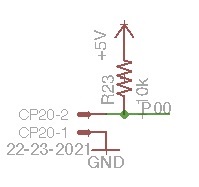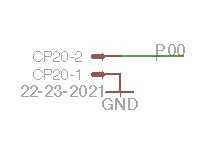Hi everyone,
Reading the datasheet of PCF8575, it is not clear the way to connect PCF8575 as input ports. In the datasheet, a push-button and pull-up resistor is connected between 2 VCC. Also, I didnt found any others suggesting to do that.
May I connect the input port only with a pull-up resistor ou pull-down resistor ? Or it should be connected in a voltage divider ?
Thanks.



